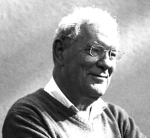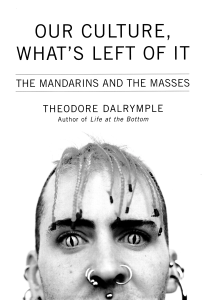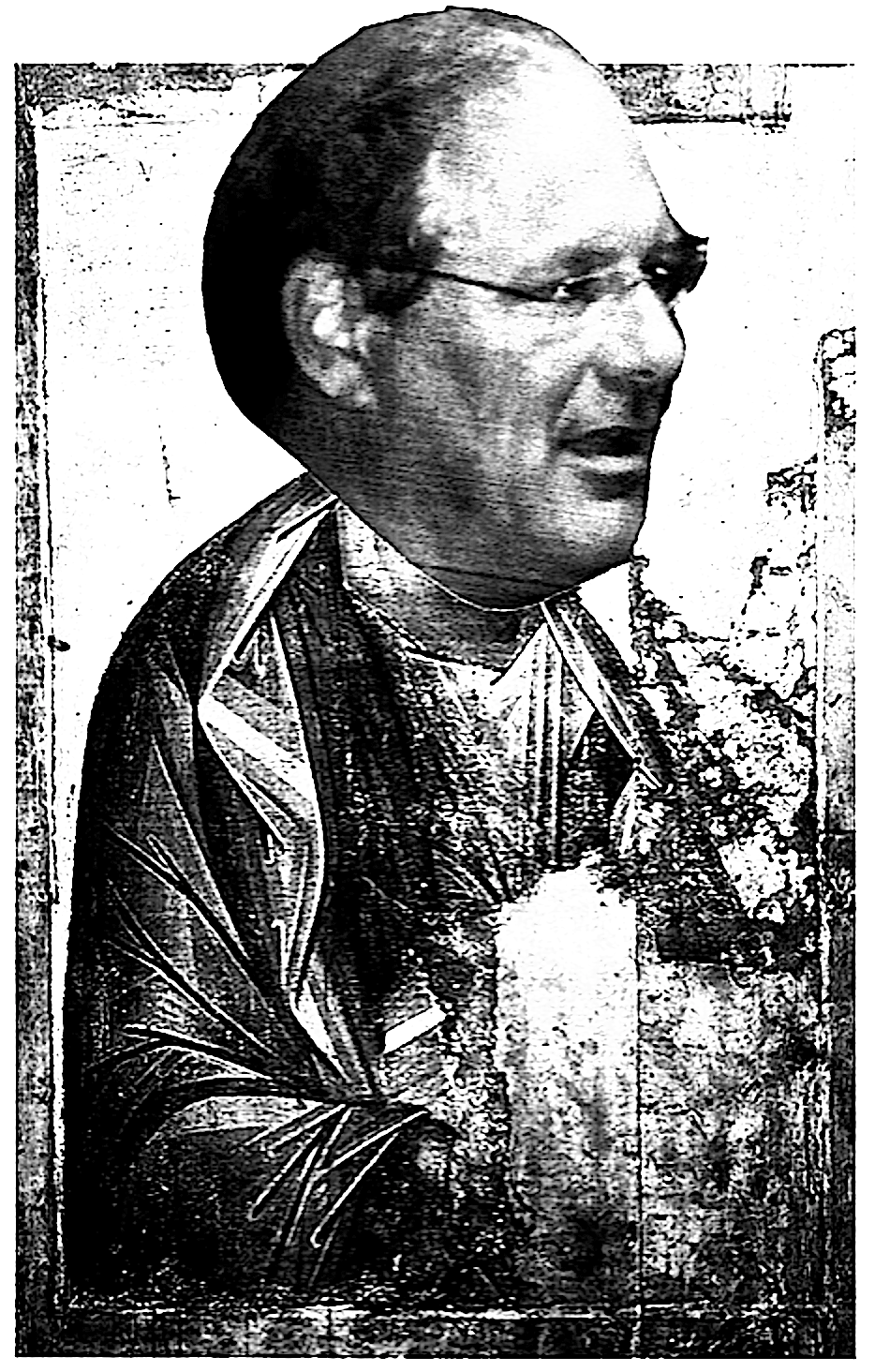In the American version of Anthony Burgess’s 1962 novel, Alex resumes his life as gang leader after his head injury undoes the influence of the Ludovico Method. He returns, Dalrymple notes,
to what he was before, once more able to listen to classical music (Beethoven’s Ninth) and fantasise violence without any conditioned nausea. An authentic psychopath rather than a conditioned, and therefore inauthentic, goody-goody. Authenticity and self-direction are thus made to be the highest goods, regardless of how they are expressed.
This,
at least in Britain, has become a prevailing orthodoxy among the young. If, as I have done, you ask the aggressive young drunks who congregate by the thousand in every British town or city on a Saturday night why they do so, or British soccer fans why they conduct themselves so menacingly, they will reply that they are expressing themselves, as if there were nothing further to be said on the matter.
In the British version, Alex
begins to lose his taste for violence spontaneously, when he sees a happy, normal couple in a café, one of whom is a former associate. Thereafter, Alex begins to imagine a different life for himself and to fantasise a life that includes tenderness.
Burgess
obviously prefers a reformation that comes spontaneously from within, as it does in the last chapter, to one that comes from without, by application of the Ludovico Method.
the somewhat comforting message, at odds with all that has gone before, that Alex’s violence is nothing new in the world and that the transformation of immature, violent, and solipsistic young men into mature, peaceful, and considerate older men will continue forever, as it has done in the past, because deep inside there is a well of goodness, man having been born with original virtue rather than original sin (this is the Pelagian heresy, to which Burgess admitted that he was attracted). This, surely, is partly right. Criminality, statistically speaking, is an activity of the young, and there were few prisoners in the prison in which I worked who had been incarcerated for a crime committed after age 35. There seems to be a biological dimension to common-or-garden wrongdoing.
But, says Dalrymple,
a quietistic message—cheerful insofar as it implies that violence among young men is but a passing phase of their life and that the current era is no worse in this respect than any past age, and pessimistic in the sense that a reduction of the overall level of violence is impossible—is greatly at odds with the socially prophetic aspect of A Clockwork Orange, which repeatedly warns that the coming new youth culture, shallow and worthless, will be unprecedentedly violent and antisocial. And of Britain, at least, Burgess was certainly right.













